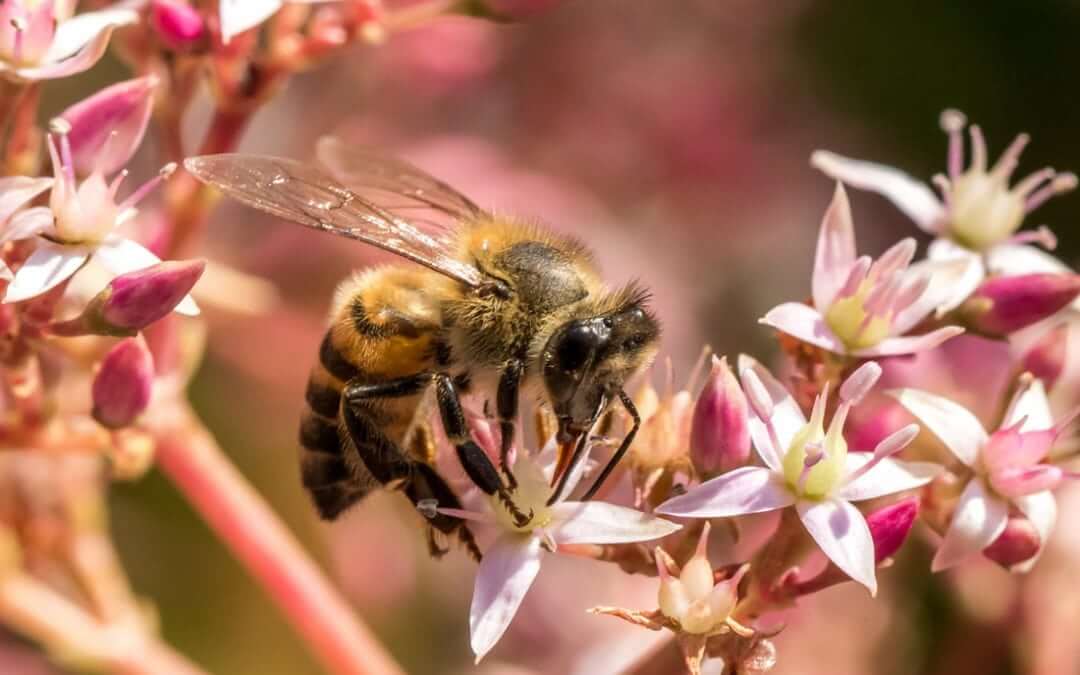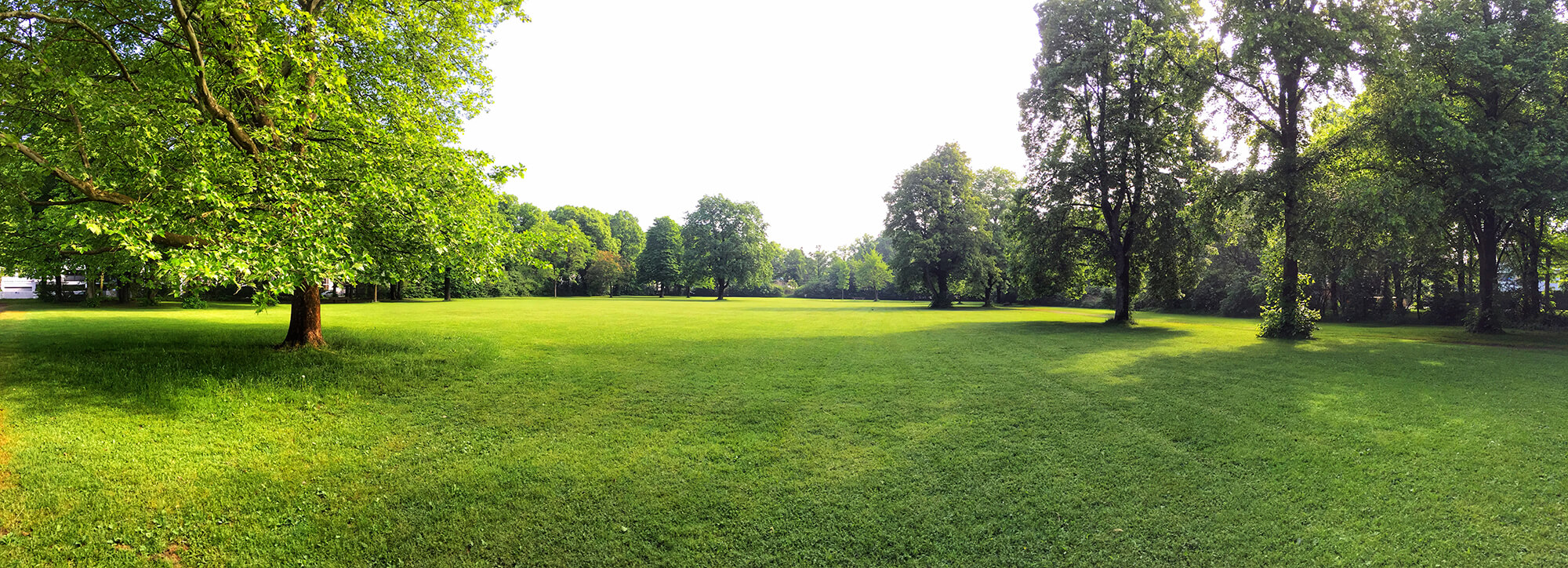
Earth Day is celebrated each year on April 22, but that doesn’t mean your garden can’t do its best for the earth every day. One increasingly popular and environmentally friendly approach to landscaping is to create a honey bee/butterfly habitat. Honey bee and butterfly habitats help protect these pollinators, are relatively easy to grow and maintain, and are beautiful.
Why protect the pollinators?
Pollinating insects such as bees and butterflies are key to the health of our agricultural system as well as our floral landscapes. As pollinators eat the nectar of flowers, they collect pollen and seeds on their backs; as they move from flower to flower, they naturally spread what they have collected. This process of pollination is a key step in the growth of over 1,000 of the plants that we use for food, drink, and fiber consumption worldwide. Unfortunately, in the last two decades, pollinator populations have experienced devastating loss, likely as the result of insecticides aimed at other pests and the lack of a nutritious diet.
Creating a bee or butterfly habitat
Creating a bee-friendly garden requires just a few steps, and the result is a relatively low-maintenance yard.
- Cultivate bee-friendly plants. Having a variety of flowering plants which bloom at different times of the year, such as wild geranium, purple coneflower, purple prairie clover, aster, and stiff goldenrod is a great way to provide pollinators with a constant food source throughout the year. Areas of the lawn which are usually problematic for mowing are great spots to plant flowering shrubs, such as pussywillow and false indigo. Native prairie grasses are also great additions to bee-friendly gardens, and will reduce your lawn care time!
- Provide nesting places. Leave a nice sunny patch of grass for burrowing bees. Piles of branches or stems are great nesting spots for other bees. While it may seem scary to allow bees to make a home in your yard, remember that most of the time the bees are going to be busy happily eating from your flowers; stinging is only something they do when they feel threatened.
- Provide a water source. Keep a small container of clean fresh water filled in or near the garden to give bees a place to drink while they are feeding.
- Avoid herbicides and pesticides. Natural pest control will occur thanks to the spiders and ladybugs in your yard, and weeds are actually great friends to pollinators.
- Enjoy the joys of seeing beautiful bees and butterflies flit amongst the flowers!
We can help!
If you are unsure where to start with your honey bee/butterfly habitat, contact us at Green & Black, LLC at 651-356-9193! We can help transform your lawn into a bee-friendly garden that contributes every day to the health of our agricultural system.

